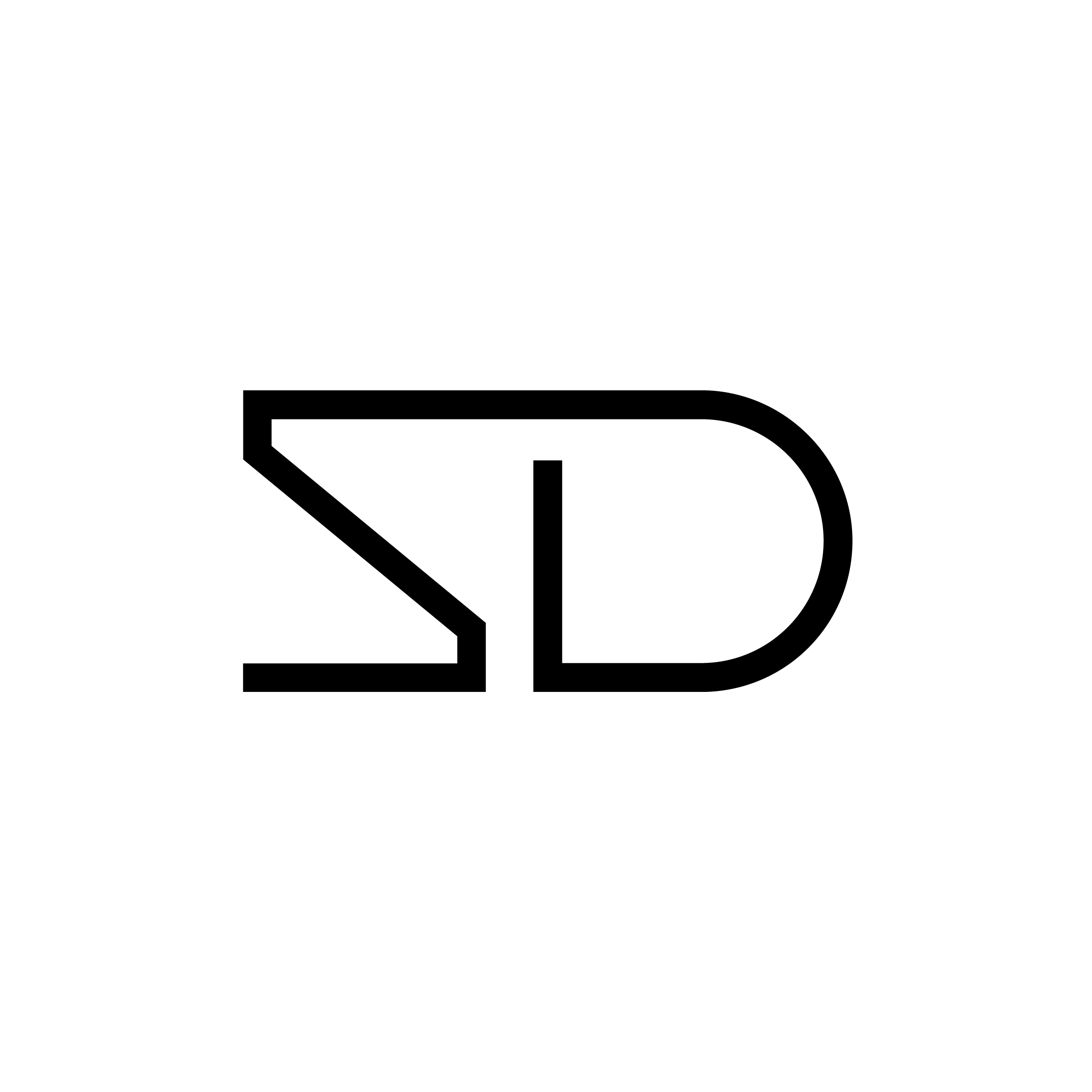What is Celium Bacteria-Grown Leather Explained
In the ever-evolving conversation about sustainability, the fashion industry continues to search for alternatives that challenge its reliance on environmentally destructive materials. Leather, despite its deep cultural associations with craftsmanship and luxury, has remained one of the most problematic materials. From deforestation to biodiversity loss and staggering carbon emissions, animal-derived leather has long symbolised both status and unsustainable practice. While fur has largely disappeared from runways, leather has clung to its dominance. But perhaps its strongest challenger has now arrived. Enter Celium, a bacteria-grown leather developed by Mexico-based innovators Polybion — a material that doesn’t simply mimic leather, but creates an entirely new category in fashion’s material landscape.
At Scarlet Destiny, where our mission is to amplify forward-thinking design and sustainable fashion practices, Celium represents more than just another textile innovation. It embodies a shift in perspective: a chance to break with tradition while embracing creativity, responsibility, and the possibilities of biomaterials that work in harmony with nature.
How Celium Is Made
Unlike animal leather, Celium does not originate from livestock or chemical-heavy synthetic substitutes. Instead, it begins with fruit waste — agro-industrial byproducts that would otherwise end up in landfill. This waste is fed to a specially cultivated bacteria, which, over a matter of days, produces cellulose sheets. These are then processed in traditional tanning equipment using green chemistry, resulting in a material with a distinctive waxy feel and marble-like surface patterns.
The process is solar-powered, plastic-free in its organic form, and significantly less carbon-intensive than traditional leather production. In fact, early life cycle assessments suggest Celium generates less than 10% of the emissions of cow leather. When the avoided waste is factored in, it can even be considered carbon negative. For an industry under immense pressure to reduce its environmental footprint, these figures are transformative.
Celium on the Runway
The leap from laboratory to catwalk is never simple, but Celium has already proven its creative potential. Danish brand Ganni, which has pledged to phase out virgin leather from its collections, unveiled its first Celium pieces in its Autumn/Winter 2024 collection: a playful baby pink crop top, mini skirt, and a reimagining of its iconic Bou bag. These items demonstrate that Celium is not just a material of promise but of aesthetic possibility. Its surface qualities allow it to take forms traditionally reserved for leather, while its biological origins lend each piece a unique character, shaped by nature itself.
For Ganni, this collaboration builds on a broader portfolio of experimenting with alternatives such as cactus, grape, orange, olive, and mushroom-based leathers. Celium, however, feels like a step into a new territory, less about imitation and more about establishing an identity of its own. As creative director Ditte Reffstrup put it, “It has that structure, which means you can make pieces you would traditionally do with leather.” But Celium’s founders stress that it should not be reduced to a comparison — it is not a substitute, but an innovation.
A Material of Limitless Possibility
Polybion describes Celium as a material with “self-defining aesthetics.” Each piece varies, offering designers an organic canvas to shape into bags, garments, or accessories. Its adaptability comes from the flexibility of the tanning process, which can tailor colour, texture, and drape to specific creative visions. Unlike many alternatives currently on the market, Celium does not rely on petroleum-based coatings or synthetic binders to perform, further underscoring its ecological credentials.
Access vs. Innovation
As with many next-gen innovations, access remains a barrier. Celium’s promise is undeniable, but so too is the reality that early-stage biomaterials often come with high development costs and limited availability. For many independent designers and small sustainable brands — the very voices driving ethical change — such materials can remain just out of reach. Until production scales and prices drop, these groundbreaking textiles risk becoming the domain of bigger players with the R&D budgets to match. This is the paradox of progress: the future exists, but it's not yet evenly distributed.
This is not to say the challenges of scale and cost have disappeared. Like many next-generation materials, Celium’s journey from prototype to widespread adoption will depend on whether it can be produced at a volume that satisfies global demand. Yet, as Polybion launches Celium onto the international market, its debut signals that the industry is closer than ever to a material shift.
Why Celium Matters
The urgency of climate breakdown demands more than incremental changes. Leather, one of fashion’s most polluting mainstays, accounts for a disproportionate share of the industry’s footprint. Moving away from virgin animal leather is no longer simply a matter of ethics; it is a matter of survival — for both brands and the planet. Celium offers an alternative that does not compromise quality for responsibility, answering a growing consumer demand for sustainable yet desirable fashion.
At Scarlet Destiny, we see Celium as a symbol of the kind of innovation the industry desperately needs. It is a reminder that sustainability and creativity do not exist in opposition but can, together, create a richer, more daring, and more ethical future for fashion. By spotlighting pioneers like Polybion and collaborators like Ganni, we champion not only the fabric of the future but also the vision of a world where style and sustainability are inseparable.
The Future of Fashion Is Bacterial
Celium is still in its infancy, but its potential feels vast. It challenges centuries-old practices, redefines luxury, and points towards an industry where design is not only about beauty but about responsibility. For fashion to evolve, it must continue to embrace experimentation, to take risks, and to support innovations that prioritise the planet as much as the product.
Scarlet Destiny will continue to celebrate these advances, because they represent not just progress, but hope. And hope, as much as beauty, is the true currency of fashion’s future.
Sources: vogue.co.uk, the-ethos.com


0 Comments
There are no comments yet. Be the first one to post one!